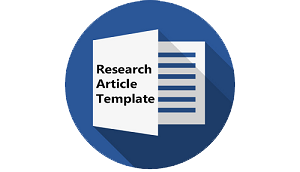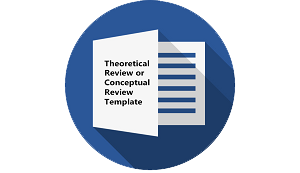KOMUNIKASI MATEMATIKA BERDASARKAN TEORI VAN HIELE PADA MATA KULIAH GEOMETRI DITINJAU DARI GAYA BELAJAR MAHASISWA PROGRAM STUDI PENDIDIKAN MATEMATIKA
DOI:
https://doi.org/10.30957/cendekia.v9i2.37Keywords:
mathematic communication, learning styleAbstract
This objective of this study is to describe competency of mathematic communication based on Van Hiele theory on geometry course viewed from visual and kinesthetic learning styles. The study was conducted in STKIP PGRI Tulungagung in November 2013 to August 2014, assigning 45 students as sample. The study revealed that: First, auditory learning style was achieved by: Level 1 = 0, Level 2 = 2, Level 3 = 9, Level 4 = 4, and Level 5 = 0, averaging at Level 3. This means that students do not understand when they construct definition, argument, role, formal deduction they worked; Second, kinesthetic learning style was achieved by: Level 1 = 0, Level 2 = 6, Level 3 = 10, Level 4 = 2, and Level 5 = 0, averaging at Level 3. This means that students do not understand on the work as done through auditory learning style.Downloads
Download data is not yet available.
Downloads
Published
2015-10-01
How to Cite
Utomo, F. H., Wardhani, I. S., & Asrori, M. A. R. (2015). KOMUNIKASI MATEMATIKA BERDASARKAN TEORI VAN HIELE PADA MATA KULIAH GEOMETRI DITINJAU DARI GAYA BELAJAR MAHASISWA PROGRAM STUDI PENDIDIKAN MATEMATIKA. Cendekia: Jurnal Pendidikan Dan Pembelajaran, 9(2), 159–170. https://doi.org/10.30957/cendekia.v9i2.37
Issue
Section
Articles
License
Authors who publish with this journal agree to the following terms:
- Authors retain copyright and grant the journal right of first publication with the work simultaneously licensed under a Creative Commons Attribution-ShareAlike 4.0 International License that allows others to share the work with an acknowledgement of the work's authorship and initial publication in this journal.
- Authors are able to enter into separate, additional contractual arrangements for the non-exclusive distribution of the journal's published version of the work (e.g., post it to an institutional repository or publish it in a book), with an acknowledgement of its initial publication in this journal.
- Authors are permitted and encouraged to post their work online (e.g., in institutional repositories or on their website) prior to and during the submission process, as it can lead to productive exchanges, as well as earlier and greater citation of published work (See The Effect of Open Access).












